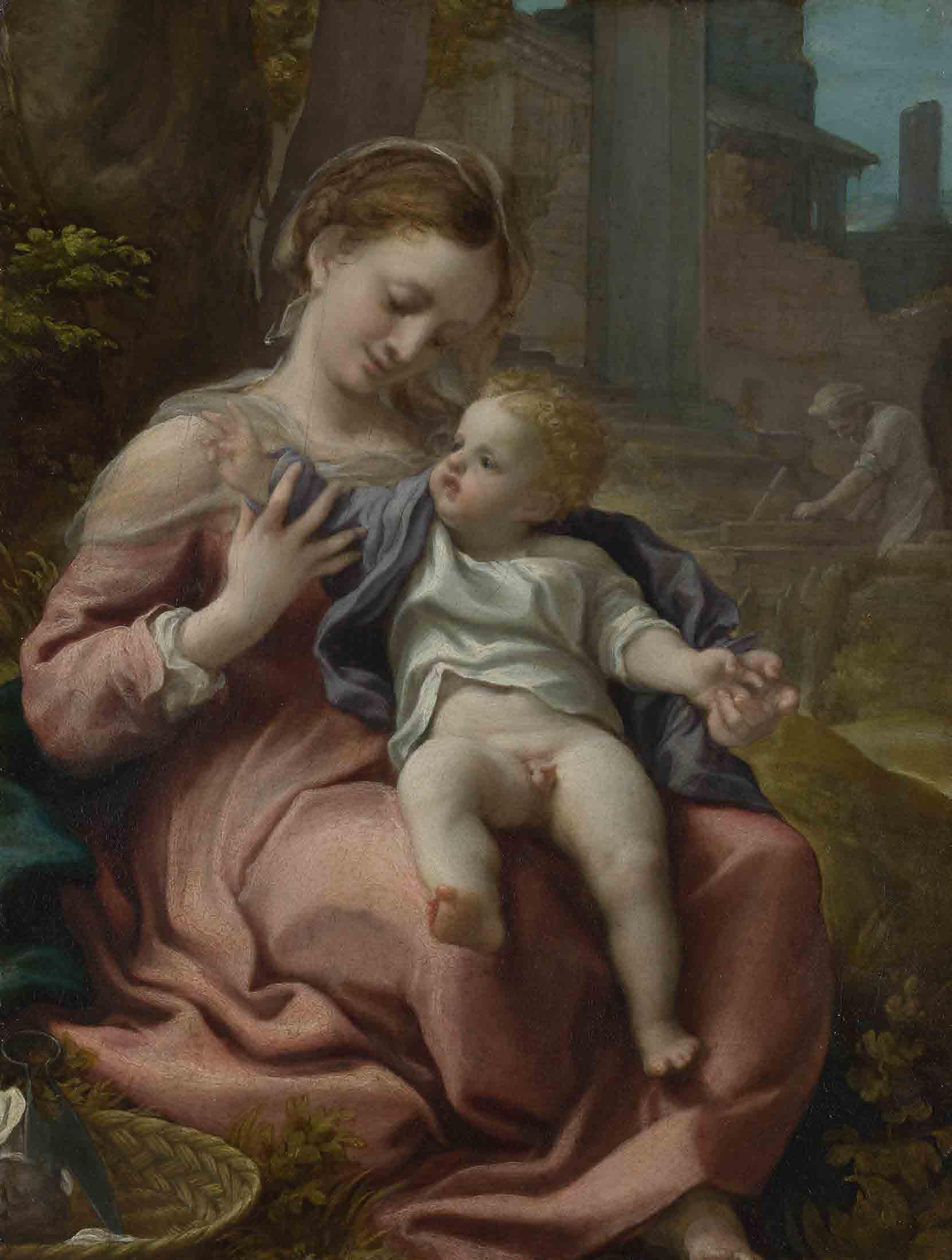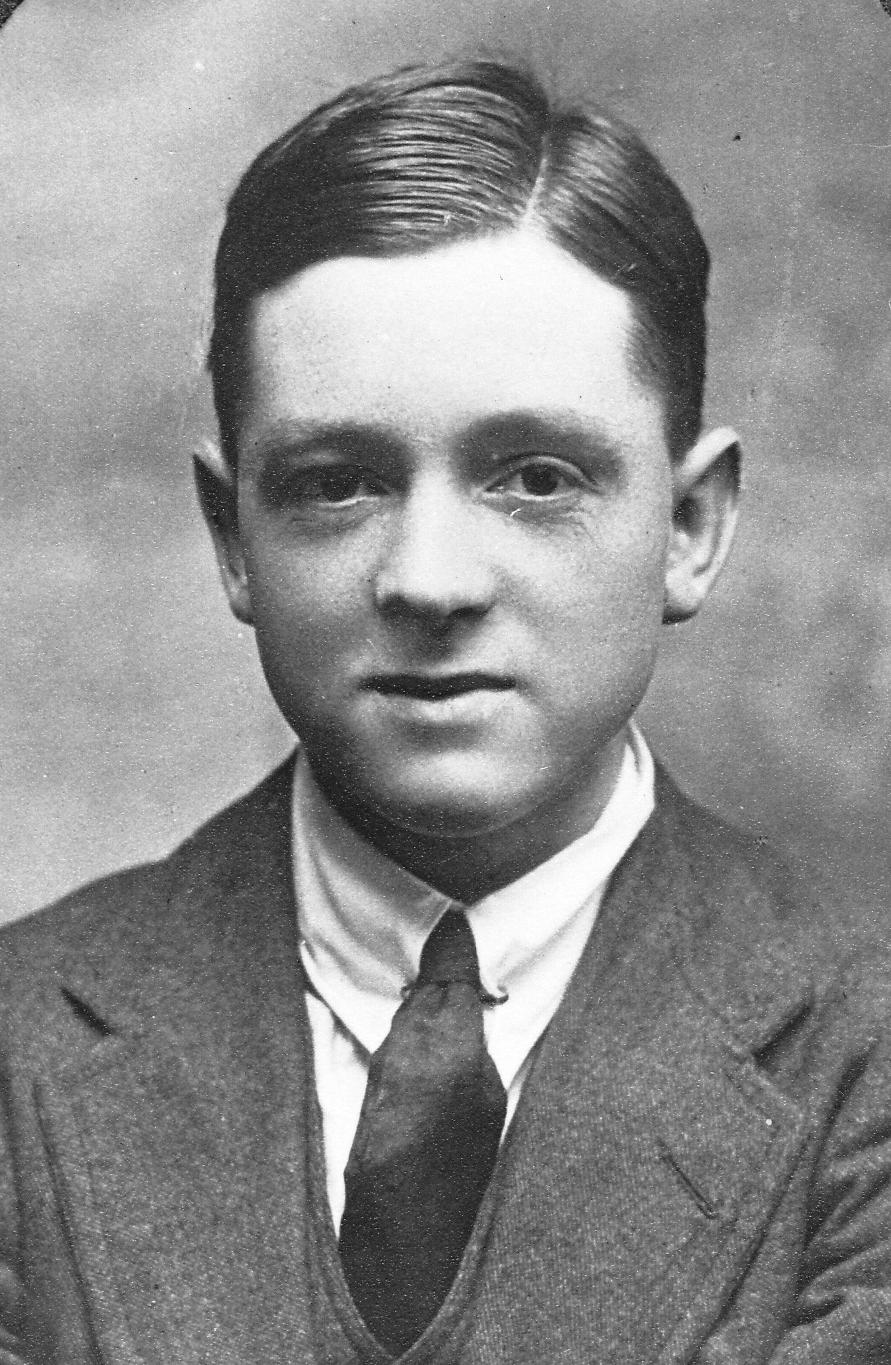© John Aron
ARCHITECTURE
The chapel of Our Lady of the Snows: arguably the finest Catholic church in Britain in the classical style
Our Lady of the Snows Paul Waddington visits Prior Park College, Bath
B
ishop Augustine Baines became the Vicar Apostolic for the Western District in 1829, the year of Catholic Emancipation. He had been educated in Hanover, and had joined the Benedictines at Ampleforth 1802. There, his leadership qualities rapidly became evident, and he occupied several senior positions at the Abbey before being put in charge of their Bath Priory in 1817. Six years later, he was made Coadjutor to Bishop Collingridge, the ageing Vicar Apostolic for the Western District. However, by 1826, supposedly on the advice of his doctors, Baines was spending much of his time in the warmer climate of Rome. It seems that in 1828, his health was good enough to take effective control of the Western District, although this was a year before the death of his predecessor, and his official appointment. He lost no time in devising and promoting ambitious and grandiose schemes. Chief amongst these was the building of a seminary. He started by spending £22,000 on the purchase of Prior Park, an impressive
28
mansion set in 28 acres of land, and at the top of a hill overlooking the City of Bath. The mansion had been built in the 1730s for Ralph Allen, who had been both Mayor of Bath and MP for Bath. He had made his fortune as a quarry owner. The architect of Prior Park was John Wood, who was also responsible for many prominent buildings in Bath itself, including those around Queen Square and the Circus. Wood took his inspiration for the mansion at Prior Park from the classical Italian architect Andrea Paladio (1508-1580). The main building, which contained a fine chapel, had prominent classical facades to front and rear. Wood's original plan had arcades extending to either side following the contour of the hill, and terminating in pavilions. However, the design was revised by Richard Jones, John Wood's Clerk of Works, who took over the project and replaced the pavilions with more substantial buildings. The grounds were designed by Capability Brown, and included a serpentine lake
with a much admired bridge, also in the style of Paladio. Ralph Allen lived at Prior Park until 1764, when ownership passed to a family member, and through several other hands before being purchased by Bishop Baines for £22,000 in 1828. Bishop Baines, no doubt conscious that the other three Districts already had their own seminaries at Ware, Old Oscott and Ushaw, lost no time setting about opening a seminary at Prior Park. This required the replacement of the pavilions by larger buildings to accommodate class rooms, dormitories and other domestic spaces. He also built a gymnasium. As was the case at Ware and at Ushaw, the seminary was to be combined with a school for lay students. Meanwhile, the main building was adapted to become the bishop's own palace. He employed the architect, Henry Goodrich to make these changes, and to install a very impressive array of stone steps with balustrades and promenades leading up the hillside to the mansion. This last extravagance is just one example of Bishop Baines' lack of
AUTUMN 2018














